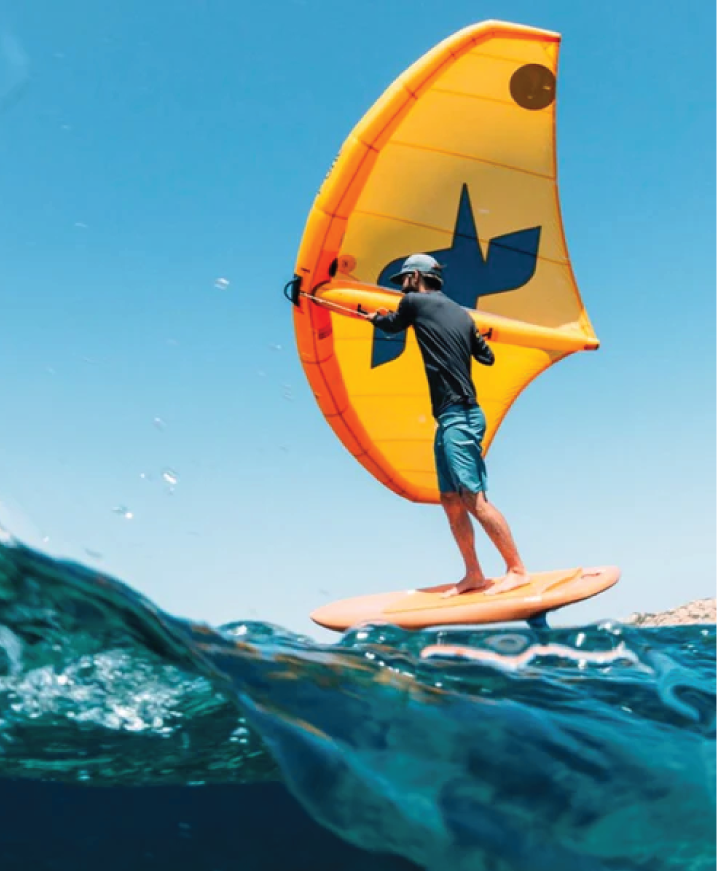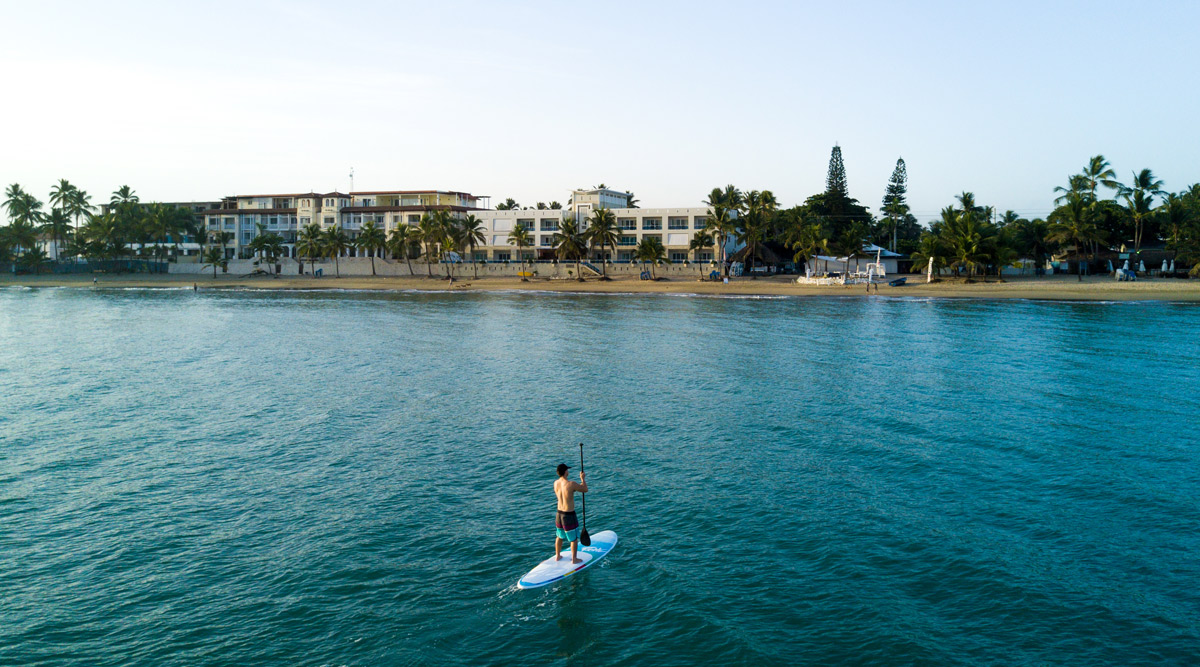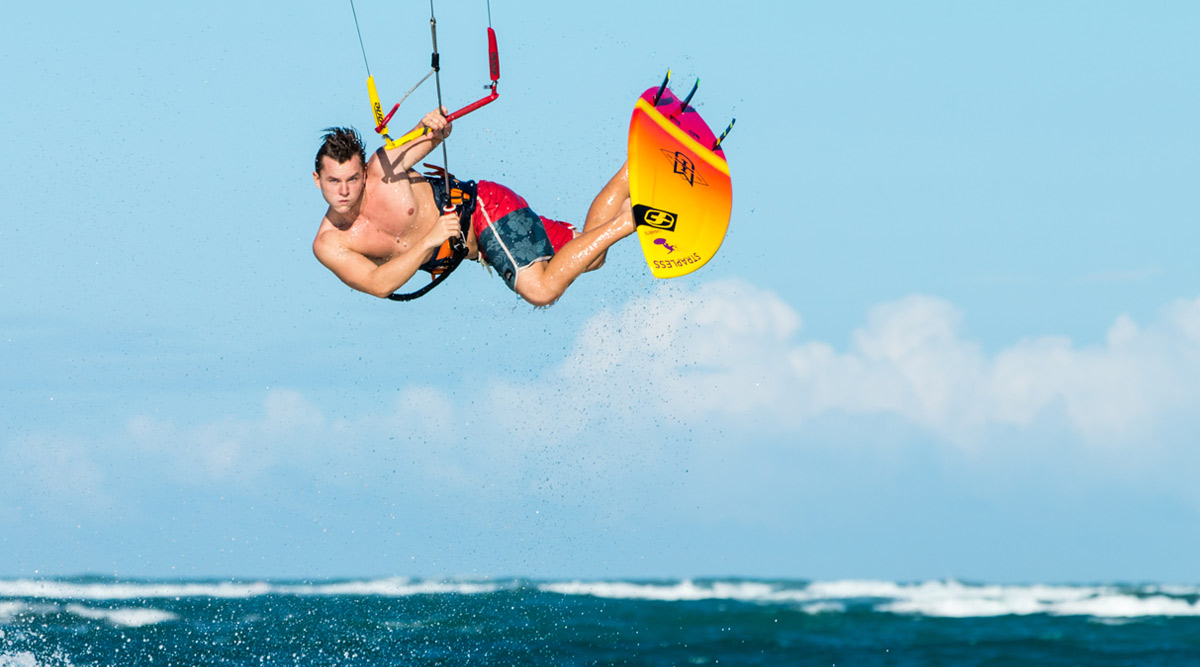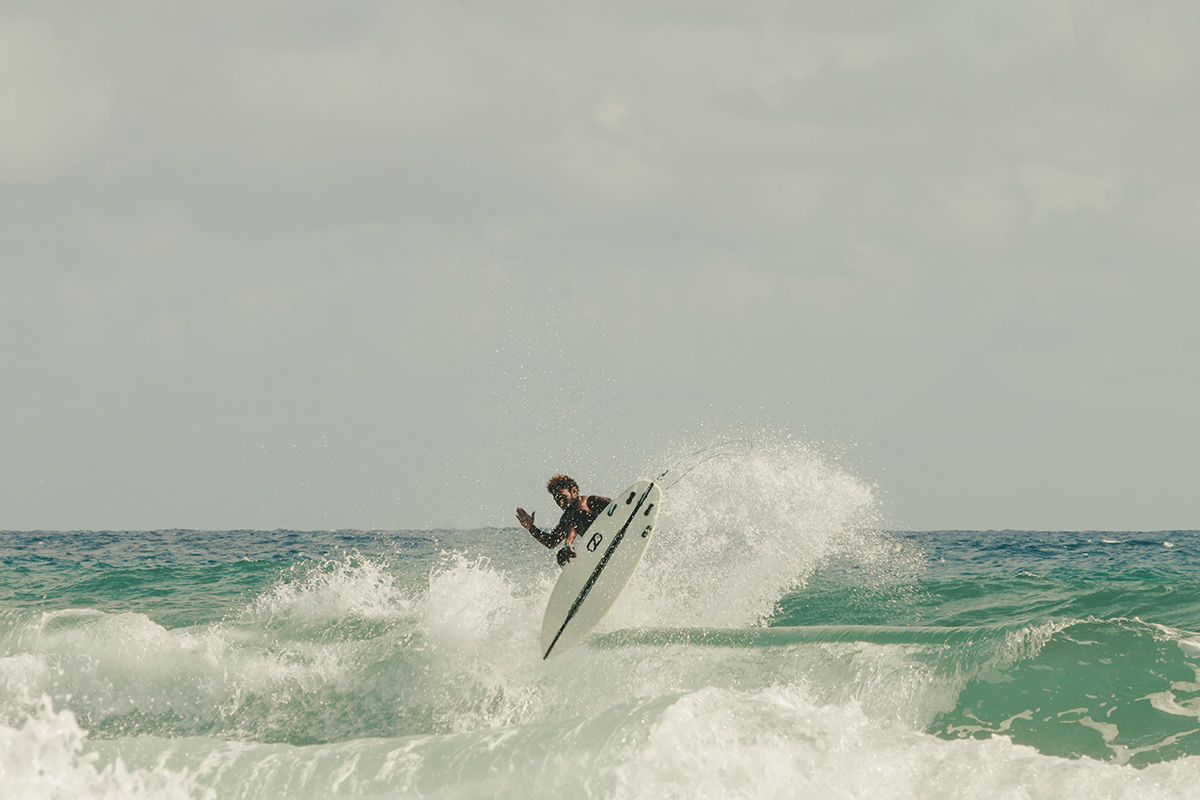Before embarking on a new wing foiling adventure in Cabarete, there are some essential tips you must understand when getting ready to go on the water or preparing for a trip. It doesn’t matter if you are a beginner or an advanced rider, it is always good to know your equipment and how to have it ready, understanding how to set it up to meet your specific wants and needs.
In the last couple of weeks, the question of how to set up the wing foiling equipment has been popping up every now and then here in Cabarete. And that’s the motivation behind this blog where Charles Österlund, from Liquid Blue Cabarete, explores the basics about setting up your wing foiling equipment before going out in the water.
Often times when setting up a board for a wing foiling session, a common mistake is that people don’t really realize that they might be using the wrong gears trying to put together the board, and this is what sparked this blog and video, so now we will go over the key components of a foil board, to help you understand how they work together to provide you stability and control when going on the water.
Board: The main platform on which you, as an athlete or foiling enthusiast, stand for the ride. It is usually compact and is designed to minimize water resistance while providing stability.
Fuselage: This is the part that connects the mast to the wings, the responsible one for stabilizing the foil assembly. It is a horizontal component that boots control and stability while in a session. Its length and shape can also influence the board’s overall maneuverability and stability.
Wings: This is the fundamental component of the foil, the pivotal one of the whole system. The wings generate lift as the water flows over them, enabling the board to rise above the water’s surface. They come in various shapes and sizes, each one of them offering different levels of lift, stability, and maneuverability. The front wing is larger and generates most of the lift, while the ones provide stability and control.
Foil Mast: This is the vertical structure that extends downwards from the board and into the water. This component is designed to support the rest of the foil assembly and keep it submerged at the desired depth. The length of the mast will affect the ride height and overall stability of the foil.
Now, when we talk about the foil mast it is necessary to address the differences between a carbon mast and an aluminium one. Here is what you need to know:
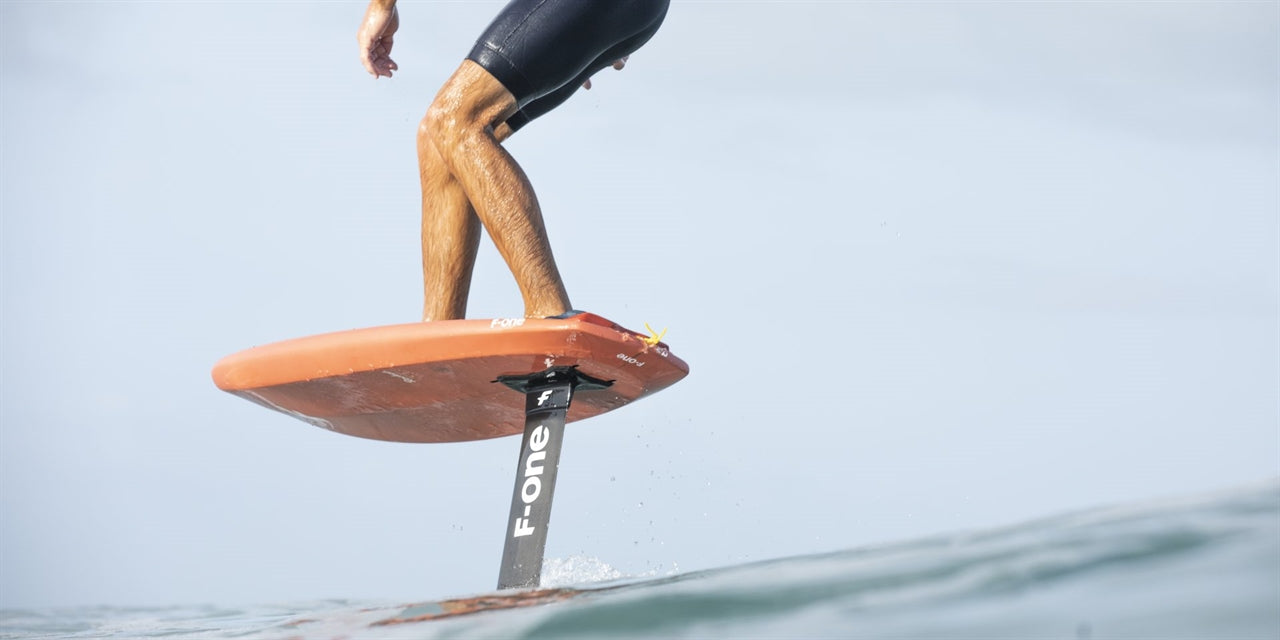
Carbon Mast
As its name suggests, the material used on these masts is carbon fiber, which is lightweight and strong, offering excellent performance due to its stiffness-to-weight ratio. This is reflected in better responsiveness and overall efficiency in generating lift.
When going for Carbon Mast foils is always good to keep in mind the following:
Performance: Carbon foils often have higher performance capabilities, allowing smoother and more controlled rides and increasing maneuverability.
Weight: Carbon foils are also lighter, which contributes to improved handling of the foil during sessions. This also translates into the air, allowing you to easier control the foil in the air and during transitions.
Maintenance: These type of foil masts usually requires more careful handling and maintenance to prevent damage as carbon fibers can be susceptible to impact damage or stress if not handled appropriately.
Cost: Carbon fiber foils are generally more expensive than aluminum ones due to the high cost of the materials and manufacturing process.
Aluminum Mast
The material used in its construction is aluminum, which makes it heavier to carry around compared to carbon foils. This quality of Aluminum foils can have important influences in the overall performance, however, they tend to be more durable and resistant to impacts compared to carbon fiber ones.

When going for an aluminum mast, is also good to consider the following:
Performance: While these foils may not offer the same level of high-end performance as carbon foils, they can still provide a good entry point for beginners or riders looking for a more stable experience.
Affordability: Aluminum foils are generally more budget-friendly than carbon fiber foils, which makes them a good option for those just starting out with foiling.
Weight: They are heavier and can make the board feel less responsive. This quality of the aluminum mast may also require putting more effort into lifting the board out of the eater during the start of the sessions and transitions.
Maintenance: Aluminum foils are also considered more durable and less susceptible to damage from accidental impacts, making them a great choice for riders who may be learning or embarking into rough water conditions.
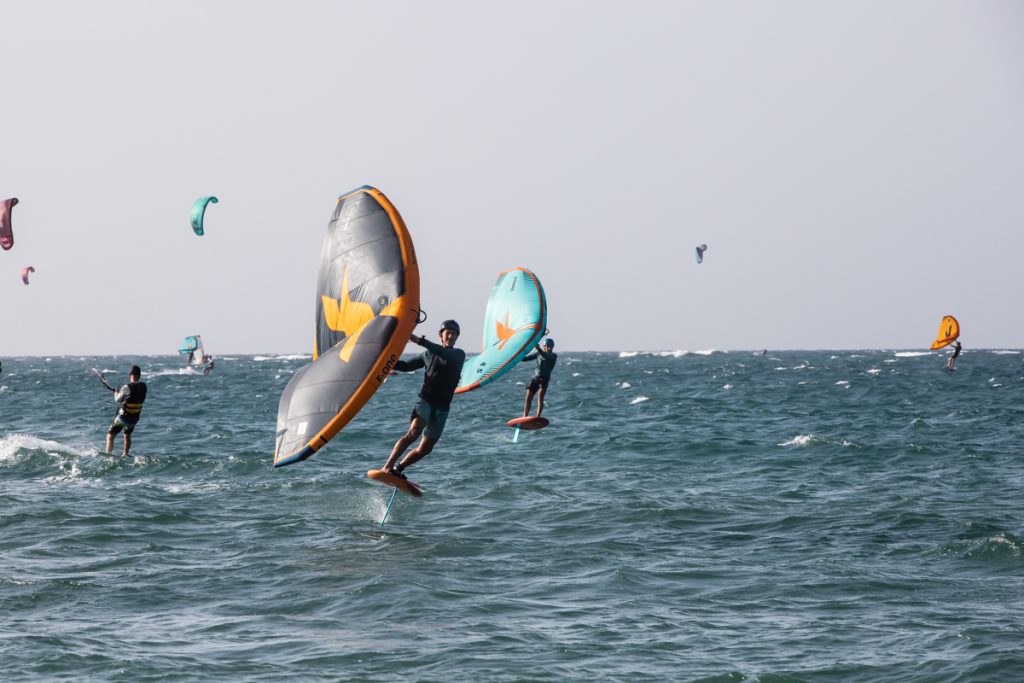
Now, if you’re about to get into a foiling adventure and are wondering how to put together or prepare your equipment for a session, the following video blog Charles, from the Liquid Blue Store in Cabarete, gives you the essentials for understanding your equipment and getting it ready for action.
If you’re looking for any additional information or help to get into wing foiling, don’t hesitate to reach out to us. You can contact us by Whatsapp: +18492719573 and/or +18492018694 / Email: [email protected] / Website: www.lbcabarete.com.
** If you’re into wingfoiling, prone foiling, kiteboarding, kitesurfing, kitefoiling, stand-up paddleboarding, adventuring and living life, we probably have something interesting for you to watch. Stay tuned! Check out our most popular video in regards to Wingfoiling: Complete Wing Foiling Lessons | Full Video | Cabarete, Dominican Republic l Liquid Blue Cabarete : https://www.youtube.com/watch?v=L7kk3cIAF8s&t=0s
Hope to see you soon in Cabarete!
Share this Post

